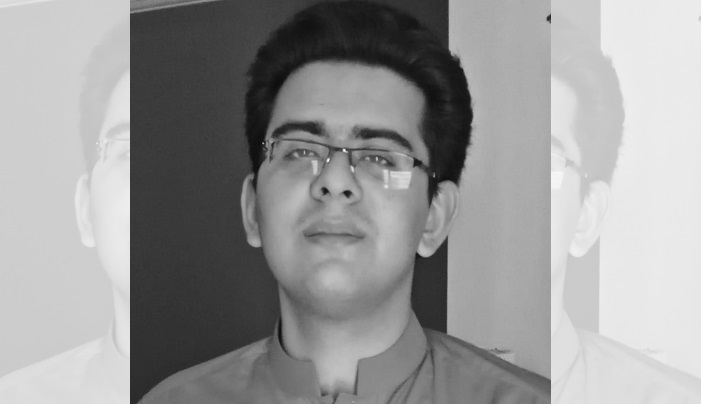In the hallowed halls of academia, where knowledge is meant to be pursued with utmost honesty and integrity, a dark shadow often lurks – the specter of student cheating. It’s a phenomenon that baffles educators, parents, and fellow students alike. From surreptitious glances at a classmate’s paper to ingenious high-tech strategies, the tactics employed by students to cheat in examinations have evolved over time. But what lies at the heart of this alarming trend? What compels students to resort to dishonest means to achieve academic success?
The Allure of Shortcuts: A Glimpse into the World of Cheating
Imagine this: a student, let’s call him X, has an impending exam for which he feels woefully unprepared. He glances around the classroom, observing his classmates deep in concentration. Just a subtle nudge to his friend sitting next to him could offer a hint, a hint that might save him from the prospect of failing. Temptation tugs at him, and in a moment of vulnerability, he decides to take the risk.
This scenario is all too familiar in schools and universities worldwide. The pressure to excel, the fear of failure, and the desire to maintain a competitive edge can push students like X to rationalize cheating as a necessary evil. The modern education system, often fixated on grades and rankings, unintentionally contributes to this mindset.
Unraveling the Causes: The Web of Factors Behind Student Cheating
Multiple factors interlace to create a fertile ground for academic dishonesty. The foremost among them is the intense competition that permeates educational environments. With admissions to prestigious institutions and lucrative job opportunities seemingly hanging in the balance, students may feel compelled to cheat in order to secure a brighter future. Such students, driven by their ambition to achieve high grades and often oblivious to the potential consequences, tend to underestimate the likelihood of getting caught when engaging themselves in cheating.
Moreover, the digital age has ushered in new and innovative ways to cheat, ranging from text messages during exams to accessing online resources surreptitiously. Students who utilize the techniques found on the internet may resort to using a cheat sheet, inscribing answers on the reverse side of a water bottle label, writing on body parts such as hands, thighs, feet, or nails, or even jotting down answers discreetly on the desk prior to the commencement of the examination. The allure of such technologically advanced shortcuts can be too enticing to resist for some students.
The Devastating Effects: When Shortcuts Lead Astray
While the allure of cheating may promise a fleeting moment of success, its long-term effects on students are far from promising. Consider the aftermath that befalls students like X who succumb to this temptation. The immediate gratification of a higher score may fade, leaving behind a hollow victory that does not reflect their true abilities. This disparity between perceived achievement and actual understanding can erode a student’s self-confidence, ultimately leading to a cycle of further dishonesty to maintain a façade of competence.
Beyond the realm of personal consequences, cheating diminishes the value of education as a whole. When students undermine the integrity of the learning process, the credibility of their achievements crumbles. Society loses trust in the capabilities of these individuals, casting shadows over their potential contributions to the world.
A Beacon of Hope: Illuminating Pathways to Prevent Cheating
Addressing the issue of cheating among students requires a multi-faceted approach that not only discourages dishonesty but also fosters a culture of academic integrity. Educators must prioritize creating an environment that values learning over rote memorization and scores. Encouraging critical thinking, open discussions, and creative problem-solving can diminish the appeal of cheating as it no longer offers a shortcut to success.
The integration of personalized learning approaches, where students are engaged in a manner that caters to their individual differences (strengths and weaknesses), can also curtail cheating. When students feel a genuine connection to the material and a sense of ownership over their education, cheating becomes an unnecessary crutch.
From Shadows to Light: The Lesson Beyond the Classroom
As this notion of student cheating unfolds, there lies a moral lesson that extends beyond the classroom walls. The pursuit of knowledge is not merely about acquiring facts and figures; it’s a journey of self-discovery, resilience, and growth. Cheating, though it might seem like a quick fix, robs students of this journey. It diminishes the value of their achievements and hinders their personal and intellectual development.
In a world that constantly measures success through numbers, let us remember that true accomplishment is born from dedication, perseverance, and the willingness to learn from mistakes. As students and educators, it is our collective responsibility to uphold the sanctity of education, nurturing a generation of individuals who shine brightly, not through ill-gotten gains, but through the brilliance of their genuine efforts.
In the tapestry of life, where each thread represents an experience, a lesson, and a story, let us ensure that the thread of academic integrity is woven unbreakably, a testament to the strength of character and the promise of a better future. Let us teach our students that true success emerges not from cheating the system but from embracing the challenges, seeking knowledge, and becoming the architects of their own destinies.
Written by:





